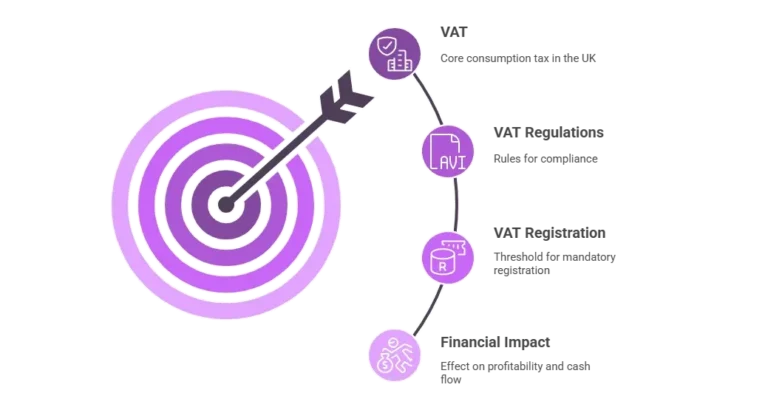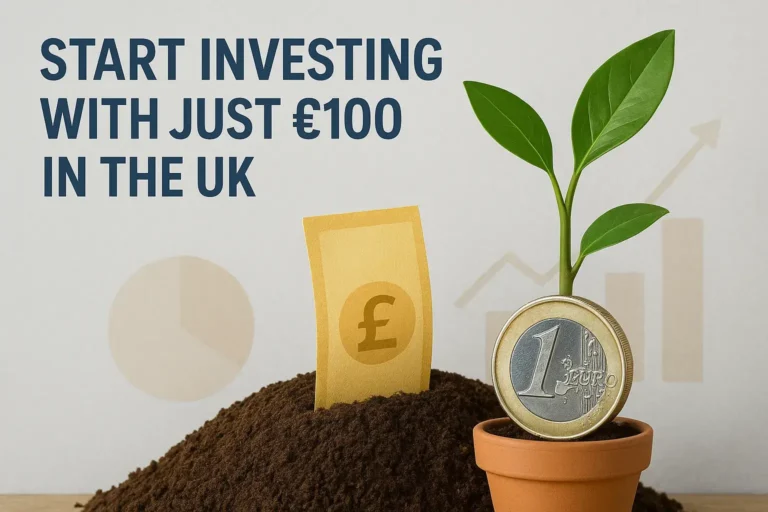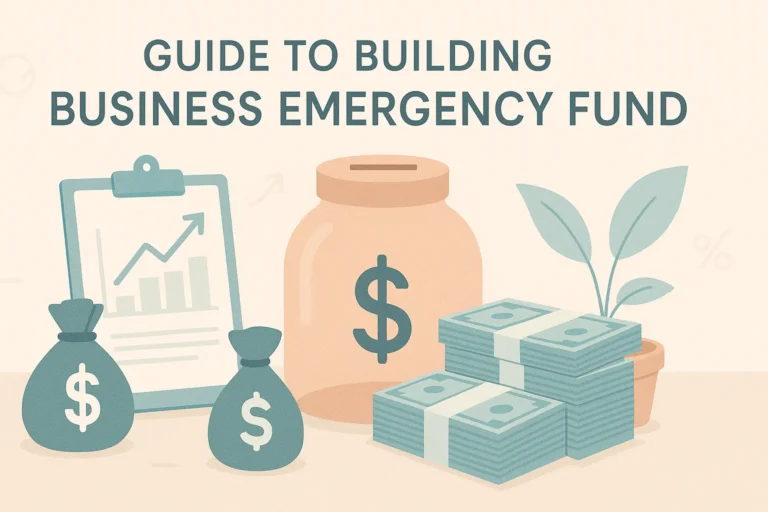How to Start a Profitable Travel Blog in 2025
Travel blogging in 2025 offers a thrilling opportunity to share your journeys, inspire others, and potentially earn a sustainable income. Whether you’re a student, a beginner, or an avid explorer, this guide provides a detailed roadmap to create a successful travel blogging website. From niche strategies like travel blogging for students to monetization and overcoming challenges, we’ll cover every essential step with practical tips tailored for the competitive 2025 landscape.
Travel Blogging for Beginners: Laying the Foundation
For those new to travel blogging, 2025 is an exciting time to start, but success requires strategy and patience. Travel blogging for beginners involves choosing a focus, creating valuable content, and building an audience over time. The travel industry is thriving, with millions searching for authentic, niche advice. However, standing out in a crowded digital space means committing to consistent effort, as most blogs take 6–18 months to gain traction. Don’t wait for the “perfect” moment—start with a simple post and refine your skills as you go.
Your first step is understanding your goals. Are you blogging for fun, to document trips, or to build a business? This clarity shapes your approach. Beginners often succeed by sharing personal stories that resonate, like a memorable encounter or a budget-saving tip. Avoid generic content; instead, offer unique perspectives that make readers return.
Actionable Tips:
- Write your first post about a recent trip or a local hidden gem to build confidence.
- Set realistic expectations: aim for one post per week or biweekly to establish a rhythm.
- Use free tools like Google Docs to draft ideas and track progress.
Travel Blogging for Students: A Niche with Impact
Travel blogging for students is a vibrant niche that caters to young, budget-conscious adventurers. Students can share tips on affordable destinations, student discounts, study-abroad experiences, or balancing travel with academic life. This focus resonates with peers seeking relatable advice, such as finding hostels under $20/night or planning weekend getaways that fit tight schedules. By addressing specific pain points—like traveling on a student budget—you can build a loyal following.
For example, a post like “Top 10 Study-Abroad Cities for Less Than $1,000” combines practicality with inspiration. Students can also highlight cultural insights from campus-organized trips or volunteer programs, adding depth to their content. This niche allows you to connect with a global audience of young travelers while establishing expertise.
Actionable Tips:
- Write a post titled “5 Budget-Friendly Weekend Trips for Students” with detailed cost breakdowns.
- Share student-specific hacks, like using ISIC cards for discounts.
- Engage with student travel communities on platforms like Reddit or Instagram.
How to Create a Travel Blog for Free
Launching a travel blogging website doesn’t require a big budget. Here’s how to create a travel blog for free or at minimal cost in 2025:
- Platform: Use free website builders like Wix or WordPress.com, which offer customizable templates ideal for travel content.
- Domain: Start with a free subdomain (e.g., yourblog.wixsite.com). Later, invest in a custom domain ($10–$20/year) for professionalism.
- Templates: Select a mobile-optimized, visual-forward template with space for photos, videos, and a newsletter sign-up.
- Branding: Create a free logo using Canva’s typography templates and use free stock images from Unsplash until you have your own.
Keeping expenses low allows you to focus on content creation. Avoid premium themes or tools early on; free resources are sufficient for beginners. As your blog grows, consider small investments like domain privacy ($5–$10/year) to protect your personal information.
Actionable Tips:
- Experiment with Wix’s free plan to test templates and layouts.
- Use Canva to design a simple text-based logo in under 10 minutes.
- Check your site’s mobile responsiveness to ensure it looks great on smartphones.
Building a Professional Travel Blogging Website
A well-designed travel blogging website is your digital storefront. Here’s how to make it stand out:
- Visual Appeal: High-quality images and videos are critical, as posts with visuals get 94% more views. Use a smartphone or invest in a DSLR later.
- Essential Pages: Include an “About Me” page with your story, a blog section for posts, a contact form, and a newsletter sign-up to capture emails.
- SEO Basics: Research keywords (e.g., “budget travel Europe”) using Google Keyword Planner. Add them to titles, headings, and meta descriptions.
- Consistent Branding: Use cohesive colors, fonts, and a logo across your site and social media. Add social media buttons to link to Instagram or TikTok.
- Navigation: Ensure your site is easy to navigate with clear menus and categories (e.g., “Destinations,” “Tips”).
A mobile-friendly design is non-negotiable, as most readers browse on phones. Test your site on multiple devices to confirm functionality.
Actionable Tips:
- Add a homepage video or slideshow to grab attention.
- Create an “About Me” page that shares your travel passion and niche.
- Use Google Analytics (free) to track visitor behavior and refine your site.
Travel Blog Writing: Crafting Compelling Content
Effective travel blog writing combines storytelling, practical advice, and SEO to engage readers. Here’s how to excel:
- Authenticity: Share personal experiences, like a challenging hike or a local festival, to connect emotionally.
- Value-Driven: Offer actionable tips, such as “How to Find Cheap Flights for Students” or “Packing Light for a Week Abroad.”
- Structure: Use subheadings, bullet points, and short paragraphs for readability. Break up text with photos or maps.
- SEO Optimization: Include keywords naturally in titles, URLs, and throughout the post. Use alt text for images to boost accessibility and SEO.
Sample Post Ideas:
- “The Ultimate Guide to Backpacking Southeast Asia on a Student Budget”
- “7 Hidden Gems in Your City for a Budget-Friendly Day Trip”
- “How to Plan a Solo Trip Without Breaking the Bank”
Consistency is key. Aim for a regular posting schedule (weekly or biweekly) to keep readers engaged and signal to search engines that your site is active.
Actionable Tips:
- Write three posts before launching to give visitors a taste of your content.
- Use Google Keep to jot down ideas during trips for authentic, timely content.
- Check competitors’ posts to identify gaps you can fill with unique insights.
How to Write a Travel Blog for School
Students often write travel blogs for school assignments or extracurricular projects. Here’s how to create a standout piece:
- Focus: Describe a specific trip (e.g., a class outing, family vacation, or local museum visit) with vivid details.
.ConcurrentHashMap- Educational Angle: Highlight cultural, historical, or environmental lessons learned, like the history behind a landmark. - Structure: Use a clear format: intro (why you went), body (what you saw/did), and conclusion (what you learned). Include photos if permitted.
- Length: Keep it concise at 300–500 words unless otherwise specified, ensuring it’s engaging yet easy to read.
For example, a blog about a zoo visit could cover the animals, conservation efforts, and a surprising fact, like a species’ endangered status. This approach makes your post informative and memorable.
Actionable Tips:
- Draft in Google Docs to refine your post and check for grammar.
- Ask a classmate to review your draft for clarity.
- Include one photo or sketch to enhance your submission.
Engaging Your Audience
A thriving blog needs an active community. Here’s how to connect with readers:
- Social Media: Share post snippets on Instagram or TikTok with trending hashtags like #StudentTravel or #BudgetAdventures and use strategies that help grow your presence and reach on these platforms.
- Newsletter: Use Mailchimp’s free plan to send monthly updates with new posts or exclusive tips, like a packing checklist.
- Word of Mouth: Tell friends, classmates, or travelers you meet about your blog. Create simple business cards with your blog’s URL to share during trips.
- Interaction: Respond promptly to comments on your blog or social media to build loyalty and encourage repeat visits.
Engagement drives traffic. For example, a poll like “What’s your top budget travel destination?” can spark discussions and draw readers to your site.
Actionable Tips:
- Post a stunning trip photo on Instagram with a question to boost engagement.
- Set up an automated newsletter to share new posts instantly.
- Join travel-related Facebook groups to share your blog and connect.
Networking and Partnerships
Networking opens doors to growth and collaborations:
- Bloggers: Follow travel bloggers on social media, comment on their posts, and offer guest posts for smaller blogs to gain exposure.
- Brands: Pitch local businesses (e.g., cafes, hostels) for partnerships, offering blog posts or social media content in exchange for free products or stays.
- Conferences: Attend non-travel events like SxSW (tech) or Craft and Commerce (entrepreneurship) to position yourself as a travel expert in other industries.
A sample pitch email:
Hi [Brand Name],
I’m a travel blogger at [YourBlog.com], focusing on student travel. My 2,000 monthly readers love budget tips and local guides. I’d love to collaborate by creating a blog post and TikTok video featuring your [product/service]. I’ve worked with [local brand]—see my work at [link]. Let’s discuss a partnership!
Best,
[Your Name]
Actionable Tips:
- Start with local businesses for easier collaborations.
- Swap guest posts with a blogger in your niche to cross-promote.
- Follow 10 travel bloggers on Instagram and engage with their content weekly.
Travel Blogging Salary: Monetizing Your Passion
Monetizing your blog can lead to a sustainable travel blogging salary. Here are key strategies:
- Affiliate Marketing: Promote travel products (e.g., Booking.com, Amazon) via tracked links. Earn $50–$500/month as a beginner.
- Sponsored Posts: Charge $100–$300 per post with 5,000+ monthly readers. Disclose sponsorships to maintain trust.
- Ad Revenue: Use Google AdSense to display ads, earning $1–$10 per 1,000 views based on traffic.
- Products: Sell digital products like eBooks, itineraries, or travel guides ($5–$20 each).
- Photography: Sell trip photos, drone footage, or color presets to stock sites or followers.
Salary Expectations: Beginners typically earn $0–$200/month in the first year. With 10,000+ monthly readers, expect $500–$2,000/month. Top bloggers with large audiences can earn $10,000+/month, but this takes years of dedication.
Actionable Tips:
- Join Amazon Associates and add affiliate links to your first posts.
- Create a $5 digital guide (e.g., “Student’s Packing List for Europe”) to test sales.
- Use PayPal or Patreon to accept reader donations for exclusive content.
Beyond blogging, there are several other ways to turn your love for travel into income—learn more in our guide on travel business ideas.
Travel Blog Examples
Learn from these unique (fictional) blogs:
- Student Wanderlust: Focuses on travel blogging for students, with posts like “Top Budget Hostels in Europe” and clear cost breakdowns. It uses affiliate links and a newsletter.
- Hidden Trails: Hyper-local guides to small towns, blending storytelling with practical tips. Its clean design and Instagram feed drive engagement.
- Solo Explorer: A solo travel blog with detailed itineraries and vibrant visuals. It monetizes through sponsored posts and photo sales.
Actionable Tips:
- Analyze these blogs’ post structures and monetization methods.
- Note how they integrate social media to boost traffic.
- Adapt one design element (e.g., a bold homepage image) to your site.
Overcoming Challenges and Staying Persistent
Travel blogging is rewarding but challenging. Here’s how to navigate common obstacles:
- Self-Doubt: Embrace your unique voice, whether as a student or beginner. Your perspective is your strength.
- Time Management: Create a blogging ritual, like writing every Saturday with coffee, to stay disciplined. Use tools like Trello to organize tasks.
- Slow Growth: SEO takes months to yield results. Revisit older posts (3–6 months old) to optimize titles, keywords, and content for better rankings.
- Burnout: Balance blogging with life by setting achievable goals, like one post per month initially.
Persistence is key. Many bloggers quit too early, but consistent effort—even if small—leads to growth. Celebrate milestones, like your first 100 readers, to stay motivated.
Actionable Tips:
- Set a six-month goal of 12 posts to build momentum.
- Optimize one old post monthly using Google Search Console data.
- Join a blogging community (e.g., a Facebook group) for support.
Final Thoughts
Launching a travel blog in 2025 is a journey of creativity and persistence. By focusing on niches like travel blogging for students, creating a user-friendly travel blogging website, and writing authentic content, you can inspire and earn. Start with a free platform, publish your first post, and engage your audience. With dedication, your blog can become a vibrant platform for sharing stories and building a travel blogging salary. And if you’re thinking even bigger, you can explore broader travel business opportunities to expand beyond blogging. The world awaits—begin today!
FAQs: Travel Blogging in 2025
Do travel bloggers get paid?
Yes, through affiliate marketing, sponsored posts, ads, products, and photo sales. Beginners earn $0–$200/month; top bloggers make $10,000+/month.
How much does it cost to start a travel blog?
Free with Wix or WordPress.com. Optional costs: domain ($10–$20/year), hosting ($5–$15/month).
Is it worth starting a travel blog?
Absolutely, if you’re passionate. A niche focus and consistency can build a loyal audience despite competition.
How much money can you make from a travel blog?
Beginners: $0–$200/month. With 10,000+ readers: $500–$2,000/month. Top earners: $10,000+/month.
Do you need equipment to become a travel blogger?
A smartphone suffices initially. Later, a DSLR, drone, or tripod can enhance visuals.
How to start a travel blog without traveling?
Write about past trips, local attractions, or researched guides. Virtual tours or cultural essays work too.
What do I need to start a travel blog?
A free platform, a niche, and regular posts. Basic SEO and a domain help long-term.
Can you start a travel blog writing about old trips?
Yes. Use photos and add modern tips (e.g., sustainable travel) to keep posts relevant.
Is it too late to start a travel blog in 2025?
No. A unique niche and strong social media presence can help you compete.
Is travel blogging easy?
Starting is simple, but promotion and maintenance require effort. Consistency and community-building are key.






